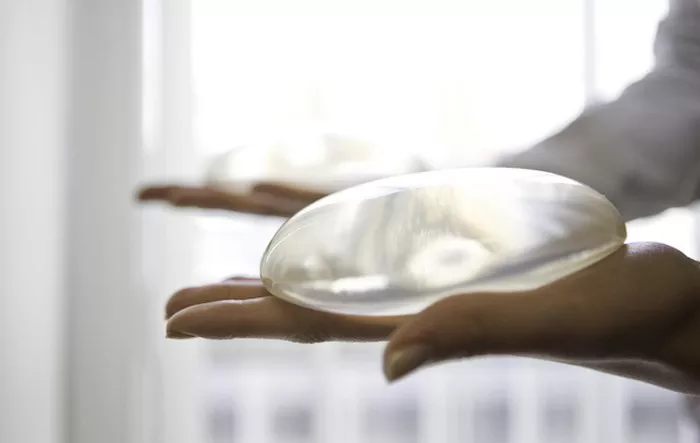Silicone implants have become a popular choice for individuals seeking breast augmentation or reconstruction. These medical devices are designed to provide long-lasting results and enhance the shape and size of breasts. However, like any medical implant, there are considerations regarding their longevity and potential need for replacement. In this article, we will explore the topic of how often silicone implants should be replaced and discuss factors that can influence their lifespan.
Understanding Silicone Breast Implants
Silicone breast implants consist of a silicone shell filled with a cohesive silicone gel. This type of implant is known for its natural feel and appearance, making it a preferred choice for many patients. The silicone gel used in breast implants is designed to be durable and withstand the stresses and strains of everyday life.
The Lifespan of Silicone Implants
Silicone implants are not considered lifetime devices, and they may need to be replaced at some point in the future. However, the exact timeframe for replacement can vary among individuals. The Food and Drug Administration (FDA) recommends monitoring silicone implants for signs of complications rather than adhering to a strict replacement schedule.
Common Reasons for Implant Replacement
While there is no universally recommended time frame for replacing silicone implants, certain situations may necessitate implant replacement. Let’s take a look at some common reasons:
Capsular Contracture
Capsular contracture occurs when scar tissue forms around the implant, causing it to harden and potentially change shape. Severe cases of capsular contracture may lead to discomfort, pain, and distortion of the breast. In such cases, implant replacement may be necessary to alleviate these symptoms.
Rupture or Leakage
Although rare, silicone implants can rupture or leak over time. When a rupture occurs, the silicone gel may either remain confined within the scar tissue capsule or migrate to surrounding tissues. If a rupture is suspected, implant replacement is typically recommended.
Implant Malposition
Sometimes, silicone implants can shift or become displaced from their original position. This may lead to asymmetry, discomfort, or an unnatural appearance. In such cases, replacing the implants and repositioning them may be necessary.
Cosmetic Concerns
As time passes, changes in aesthetic preferences may prompt individuals to seek implant replacement for cosmetic reasons. For example, some people may desire a different size or shape of breasts, leading them to opt for a revision surgery.
Age-related Changes
The natural aging process can affect the appearance of breast implants. Over time, factors such as weight fluctuations, hormonal changes, and skin elasticity can impact how implants look and feel. In some cases, implant replacement may be desired to maintain a youthful and proportionate appearance.
Surveillance and Routine Check-ups
To ensure the longevity and safety of silicone implants, it is important to schedule routine check-ups with a qualified healthcare professional. Regular surveillance allows for the early detection of any potential issues that may warrant implant replacement. During these visits, your doctor will conduct a physical examination, review your medical history, and may recommend additional tests, such as imaging studies, if necessary.
It is worth noting that the FDA recommends obtaining a baseline mammogram before undergoing breast augmentation with implants. Subsequent mammograms should be obtained when clinically indicated, usually starting at age 40. Mammography can help detect any changes or abnormalities in breast tissue, including those related to the implants.
Long-Term Monitoring and Personal Responsibility
While routine check-ups play an essential role in the long-term monitoring of silicone implants, it is also crucial for individuals to be aware of any changes in their breasts and take personal responsibility for their health. Self-examination is an integral part of breast health and should be performed regularly. Any new lumps, changes in breast shape or size, pain, or other concerning symptoms should be promptly reported to a healthcare professional.
Consulting with a Qualified Healthcare Professional
If you are considering silicone implant placement or are already a recipient of silicone implants, it is essential to consult with a qualified and experienced plastic surgeon. They will assess your unique situation, discuss the benefits and risks of implant placement, and provide personalized recommendations based on your goals and medical history. A plastic surgeon can guide you through the implant selection process and help set realistic expectations regarding longevity and potential replacement.
Conclusion
The decision to replace silicone breast implants is not solely based on the passage of time but rather on individual factors, such as the presence of complications or changes in personal preferences. Routine check-ups, monitoring for any signs of complications, and open communication with a healthcare professional are crucial for maintaining the health and longevity of silicone implants. By staying vigilant and seeking appropriate medical care, individuals can enjoy the benefits of silicone implants for many years while ensuring their overall well-being.


